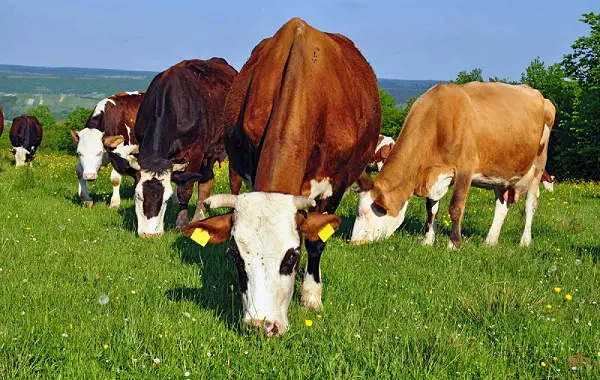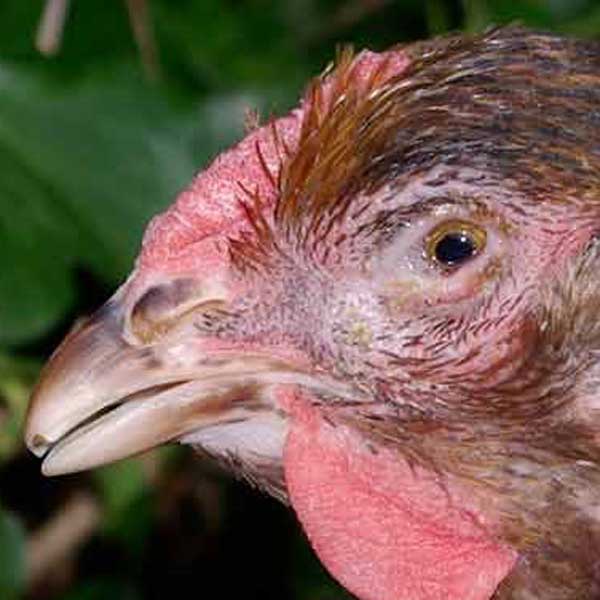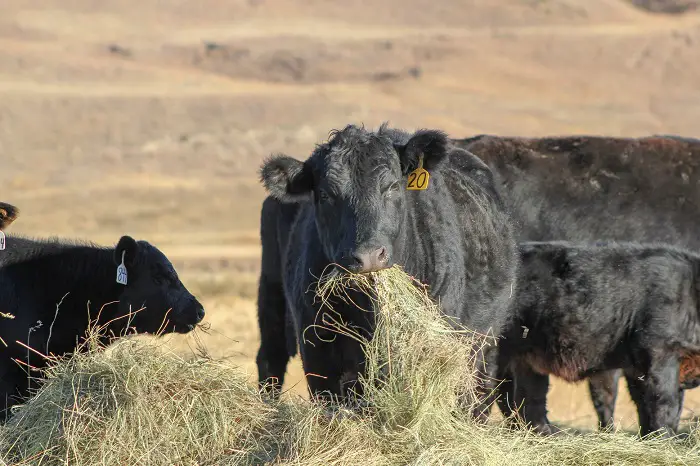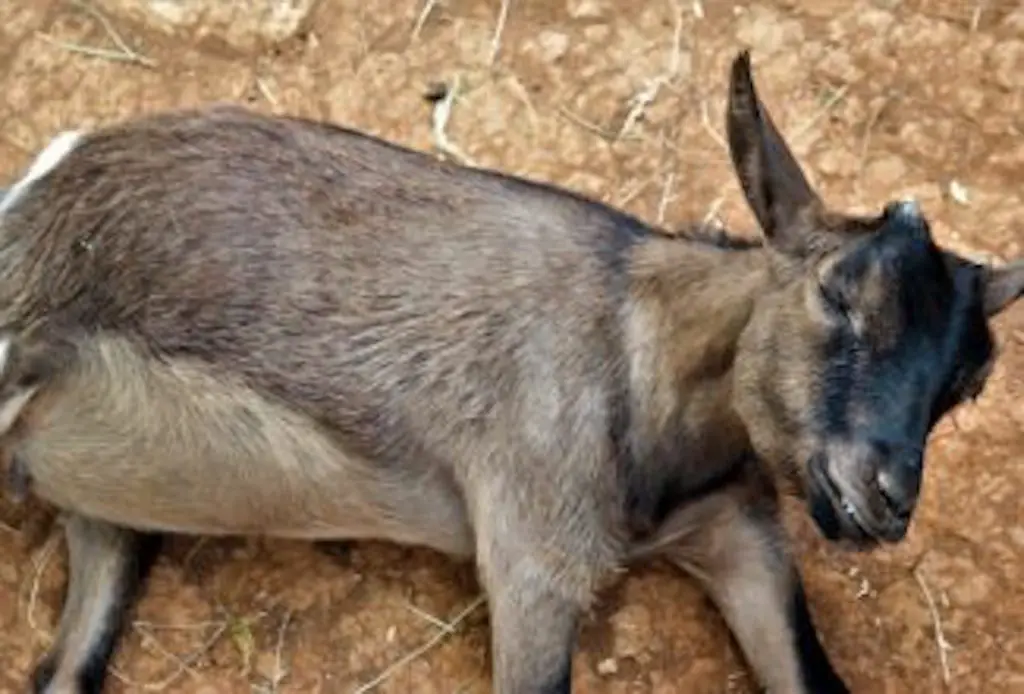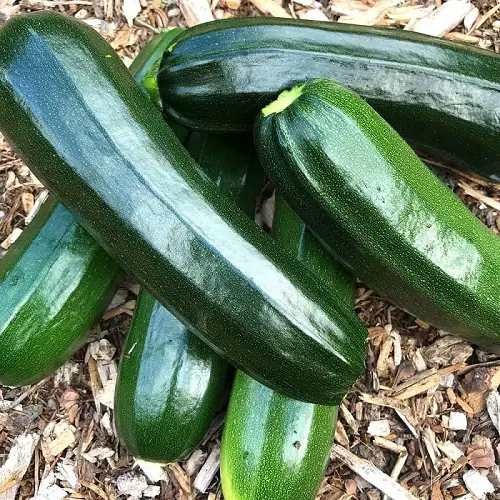Founder and laminitis are often used interchangeably due to their conditions which are related. Founder is commonly associated with equines and then to a lesser extend in bovines; cows being classified as bovines. Founder is referred as the inflammation of the lamina that include the foot bone in lacy network which is the internal connective tissue of the hoof. This condition is characterised by causing discomfort to the host through pain, permanent to the foot and results in lameness. Cows succumbing to this condition experience deformation to the hooves resulting in abnormal growth and shaping, conclusive of hoof wall concavity and ridge formation and followed by development of abscesses and ulceration commences. Founder can arise from a number of aspects including grazing on grass meaning cows can founder on grass. Cows suffering from founder will definitely have a negative impact on agricultural gesture by poor productivity which will negatively impact on profits margins. Immediate response to the affected animal is of utmost importance to save life, veterinary practitioners will prescribe anti-inflammatory medications. However, a healed cow might suffer from mild foot inflammation and lameness for its entire life.
Contents
Founder in Cattle
Most farmers experience this condition mostly in horses and donkeys, however not as much in cows. Therefore, it is of greater importance for farmers to note that foundering might as well happen to cows. For farmers to fully understand the precedence of founder in cows, they have to familiarise the overall structure of the lamina. This is the inner connective tissue that covers the hoof bone and separates the hoof walls from foot bony structures. Lamina consist of vessels which feeds blood to hoof and comprehend the foot bone. These blood vessels are prone and sensitive to toxins and poisons body and external factors at times. Resultantly, after poisoning vessels will dilate, losing serum and blood which leads to accumulation of pressure in the foot and definitely leads to pain. Cows can founder on grass when poison compose inside the rumen resulting in acidification. Acidification has a negative impact on essential micro-organisms, acidity does not favour growth of these beneficial micro-organisms. Resultantly, toxins will proliferate across the entire animal’s blood stream and leading to swelling of the lamina thus destroying the hoof tissues. In the scope of 24 hours of rumen disruption founder may result.
Causes of Grass Founder in Cattle
The four chamber digestive system of ruminants gives them ability to digest plant materials very well. Regardless, cow can founder on grass, especially when management of the feeding system is poor. Lack of fundamental knowledge and skillset required on managing the herd will result in such complications, so a farmer should be well equipped to keep a healthy and maintain a successful agriculture practice. Sudden change in cow’s forage dietary plan may result in cow to founder on grass which is very good exemplary for poor management. It is very recommended to incrementally familiarise livestock with new diets. Cows can also founder on grass when they are held on feed for great duration. It is of utmost importance to close monitor the herd in order to make sure that recommended rations are received. In addition, over-intake of beyond sufficient fructan grass and also too much starch may result in cow to founder.
Founder and Laminitis Symptoms
Despite the fact that, diet of ruminants primarily composed of forage, cows can founder or laminitis on grass and result in some chronic changes on the foot. This is betokening by yellow discolouration of the sole, ulceration and growth of the sole. In addition, founder in cattle may result in sole bleeding, wearing of the heel, inflamed coronary band, unusual overgrown claw and double sole. Lameness is the significant most common symptom of foundering or laminitis. Foundering or laminitis cow will feel pain to the extent that she will be unwilling to stand, on some instances farmer will notice crawling on her knees, or as often as not standing up and lying down. Bovine suffering from this condition might cross legs to bear the weight off a severely painful limb or stand with their knees. Affected cow seem to experience respiratory distress, panting and heavily sweating. Signs and symptoms of moderately affected cattle are barely noticeable. If a cow seems to move delicately on soft ground, move the animal and take her on hard surface. Lameness is usually discoverable at this point. Farmer should take note that in some cases the symptoms are subtle, the hoof might appear normal and regardless of that permanent damage will possibly occur if the cow is not attended accordingly.
Founder Prevention
In preventing founder or laminitis in cows, move away from feeding excessive grain in cattle diet. Cattle shouldn’t be fed grain on adlib basis, however hay is no even a bad choice. As previously mentioned, introduction of new types of grass in limited portions collaborated with the usual diets to the herd is well recommended, most farmers confirmed that this method is amongst the most effective interventions in preventing founder or lamination. Aggressive feeders should be avoided as measure of prevention because as livestock can feed in excess resulting in founder in cattle. Modifying diet to energy restricted, works efficiently as measure to founder in cattle on acute cases, animals should be kept active and moving, despite not unnecessarily and excessively. Changing diets abruptly can contribute as much to founder in cows, with that being said, do so gradually on incremental basis over several days. Pain killer medications should be used at times to keep cows free from pain and permitting moving thereby by reducing chances of lameness. Avoiding ruminal acidosis serve as a major aspect which need to be remembered by farmers in preventing occurrence of founder in cattle. According to some researchers, the risk of occurrence of founder or laminitis increases as the percentage of forage in diet decreases.
